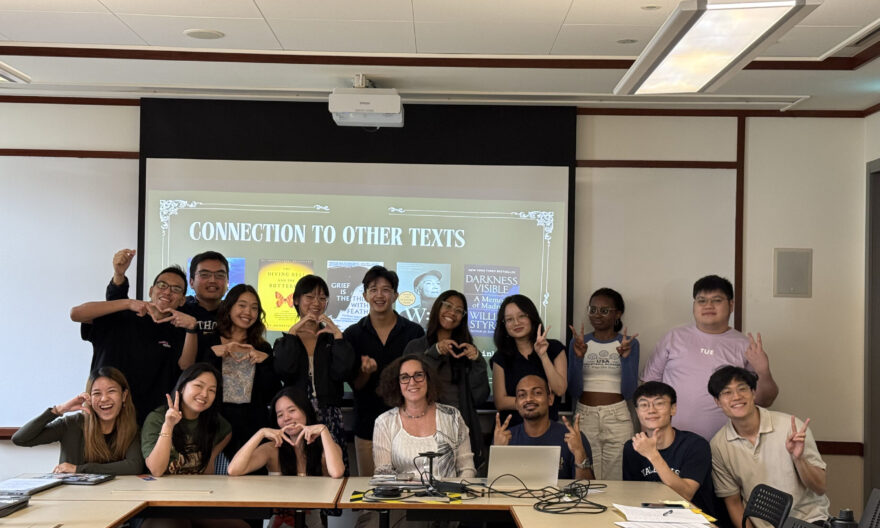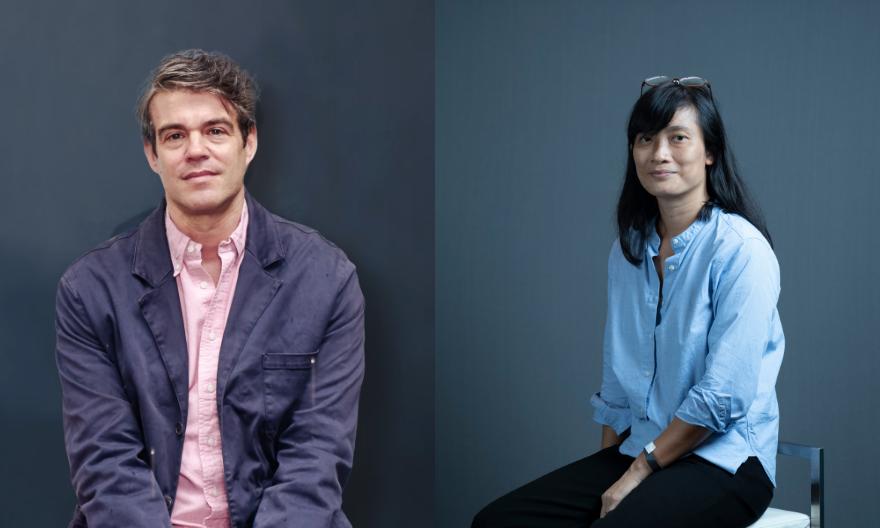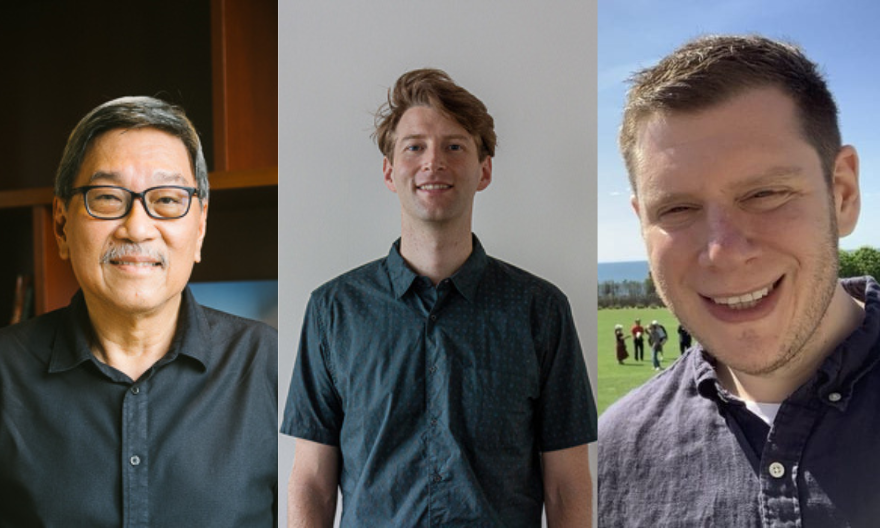Yale-NUS science faculty better society through research
Research grants enable Yale-NUS faculty to contribute to innovations in science
Research projects can map the way to a better world. At Yale-NUS, our science faculty are constantly contributing to innovations in science — developing user-friendly cartograms and creating portable accelerometers for navigation without GPS are just some of the ongoing projects. For such projects to advance to new heights, research grants play an important role.
Assistant Professor of Science (Mathematical and Computational Science) Michael Gastner was awarded the Academic Research Fund (AcRF) Tier 2 grant from Singapore’s Ministry of Education (MOE) for his project “Designing mobile-friendly cartograms for visualising geospatial data”. This grant from MOE supports research projects in Singapore-based universities with the potential for creating new knowledge that will benefit the larger academic community.
“Cartograms are geographic maps in which areas are rescaled in proportion to quantitative data. Conventionally, areas on maps are measured in square kilometres, but this is often irrelevant for the data that the maps aim to display,” Asst Prof Gastner explained. Citing the 2020 United States presidential election as an example, the conventional election map looks predominantly red, the colour representing the Republican Party, although the Republican candidate Donald Trump lost the election. “For election results, cartograms are often more effective than conventional maps,” he observed.

The conventional election map of the 2020 United States presidential election. Image provided by Asst Prof Gastner.

The cartogram of the 2020 United States presidential election. Image provided by Asst Prof Gastner.
However, the price to pay is that cartograms usually look distorted, hence they are not often used in practice. “One of my goals is to make cartograms a more common type of map, but reaching this goal requires better cartogram designs and easier user interfaces for creating cartograms,” he shared.
Asst Prof Gastner’s work on cartograms started well before he moved to Yale-NUS. He had previously written an algorithm for cartogram generation with his PhD advisor, but he noticed that it was slow, its implementation was not user-friendly, and the data structures were not sophisticated enough to gurantee a correct solution. “After joining Yale-NUS, I challenged the undergraduate students to solve the problem. With their help, we have revamped the algorithm and begun work on a new web-based user interface,” he said.
Continuing his research, he plans to rethink the overall design of cartograms, improve readability with more sophisticated geometric algorithms, and modernise the user interface. “Cartographic theory has traditionally only considered maps printed on paper, but most maps are nowadays viewed on mobile devices, which permit various forms of interactions. For example, on a mobile phone, users may tap on a region to obtain detailed information, such as economic data or historical background,” he elaborated.
With the AcRF grant, Asst Prof Gastner and his team of senior scientists plan to hire additional research assistants and purchase more electronic equipment needed for the project. “We envision that, combined with interactive features, electronically displayed cartograms will be used by journalists or teachers as an engaging tool to convey statistical facts,” he added.
In the realm of physics, Assistant Professor of Science (Physics) Ben Olsen received a grant from the recently-created Quantum Engineering Programme, an initiative in Singapore to bring quantum science closer to real-world applications. Launched by the National Research Foundation, the grant was awarded to a multi-university collaborative effort between several researchers from the National University of Singapore (NUS), Nanyang Technological University (NTU), and Yale-NUS for their project of using quantum properties of atoms to improve navigation and sensing.
With each researcher working on a different component of the project, Asst Prof Olsen’s focus is on building a compact accelerometer using strontium atoms. “Accelerometers are used all the time in everyday technology like phones and smart watches to detect when you pick up the device, to count steps while you walk, and for navigation,” he noted. “We will develop techniques to measure accelerations using ‘atom interferometry’, which harnesses the quantum nature of very cold atoms to measure with much better precision than is otherwise possible,” he added.
He hopes to eventually build a portable accelerometer that is small enough to be carried by a vehicle but performs thousands of times better than current accelerometers. “This sort of device allows for navigation without GPS, which is currently a big challenge for submarines or transport in combat zones with GPS jammers,” he remarked.
Working with lasers and magnets is nothing new to Asst Prof Olsen, his current research is also about using these tools to cool atoms to just above absolute zero temperature. “In my primary research, I cool lithium atoms to study quantum matter, but in the Quantum Engineering Programme research, we will cool strontium atoms and use them to detect the environment,” he shared. While the goals of the projects may be different, the techniques are similar. “Technical advances made in one project will also help with progress in the other,” he elaborated.

Asst Prof Olsen in his lab. Image provided by Asst Prof Olsen.
The funding from the Quantum Engineering Programme will primarily be used to hire a postdoctoral research fellow who will be able to help with both Asst Prof Olsen’s existing research and the compact accelerometer. Sharing his aim for the latter, “The goal is to demonstrate the techniques in a controlled laboratory setting, a sort of ‘proof-of-principle’ that we or other researchers can build upon in the future for actual sensor development”.




